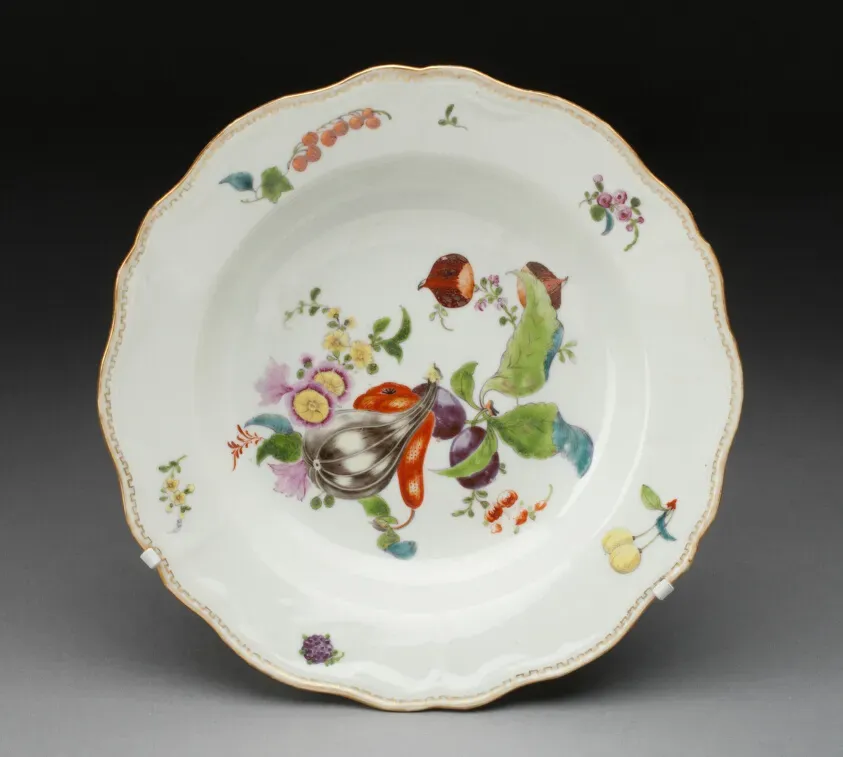Table of Contents
Forget that watery stuff you grab from a can when you're feeling under the weather. We're talking about the real deal here: the kind of soup that warms you from the inside out, tastes like a hug from your grandma, and actually makes you feel better. If you're looking for comfort food that doesn't mess around, you need the authentic polish chicken noodle soup recipe in your life.
Gathering Ingredients for Your Authentic Polish Chicken Noodle Soup
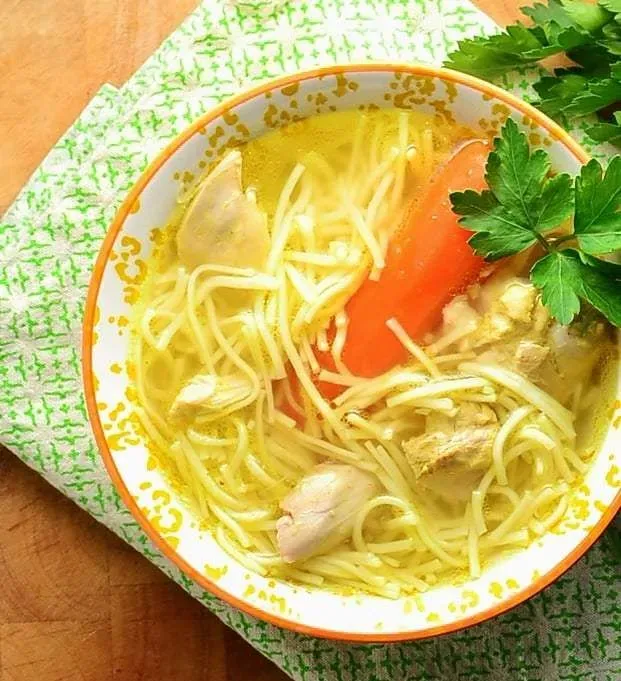
Gathering Ingredients for Your Authentic Polish Chicken Noodle Soup
Picking the Perfect Poultry Base
Alright, first things first. You can't make a killer polish chicken noodle soup recipe without the right chicken. Don't just grab a couple of boneless, skinless breasts and call it a day. That's like trying to build a house with only drywall. You need bones, you need skin, you need connective tissue. That's where the magic happens, where the flavor and gelatin come from that give your broth body and richness.
A whole chicken cut into pieces is a solid start, or even better, grab a mix. Chicken backs, necks, and wings are flavor powerhouses and dirt cheap. Toss in a couple of chicken legs or thighs for some meat to shred into the final soup. The goal here is maximum chicken-y depth, not just lean protein.
Essential Root Vegetables and Aromatics
Next up, the veggie squad. This isn't a vegetable soup, but these guys are absolutely critical for building layers of flavor in your broth. Think of them as the unsung heroes. You'll need carrots, parsley root (this is key for Polish soup, don't skip it if you can find it), celery root, and an onion. Sometimes a leek makes an appearance too, adding a gentle oniony note.
Don't bother peeling the onion; the skin adds color to the broth. Just halve it. For the other root veggies, a quick scrub is usually fine, or peel them if they look particularly gnarly. Chop them into large chunks – they're here for the long haul, simmering away and giving their essence to the liquid.
- Chicken pieces (backs, necks, wings, legs, thighs)
- Carrots
- Parsley root
- Celery root
- Onion
- Optional: Leek
- Fresh dill and parsley
- Bay leaves
- Allspice berries
- Black peppercorns
- Salt (for seasoning later)
- Cold water
- Egg noodles (the right kind!)
Herbs, Spices, and the All-Important Water
Now for the flavor boosters. A few bay leaves and some allspice berries are traditional and add a subtle, warm spice note that's not overpowering. Whole black peppercorns are also a must. You'll add salt later, after the broth has developed.
And the water? Always start with cold water. It helps to slowly extract the flavors from the chicken and vegetables as it heats up. Enough water to cover everything generously is what you're aiming for. Don't be stingy; you're making broth here, not a reduction.
StepbyStep Guide: Crafting the Perfect Polish Chicken Noodle Soup Recipe
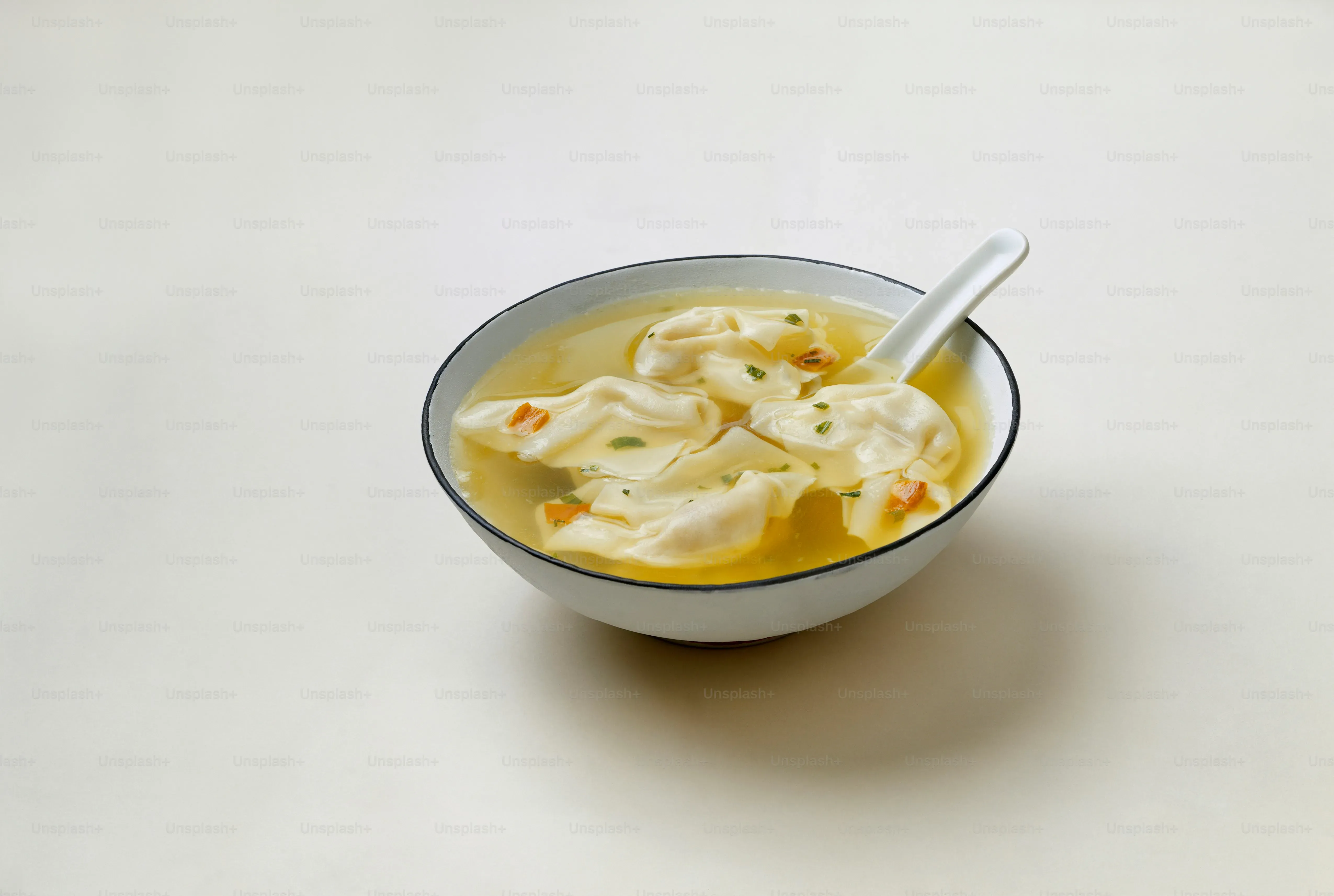
StepbyStep Guide: Crafting the Perfect Polish Chicken Noodle Soup Recipe
Getting the Broth Started Right
you've got your chicken parts, your sturdy root vegetables, and your seasonings. Time to get this show on the road. Grab your biggest pot – seriously, the biggest one you own. Toss in the chicken pieces first. Then add the roughly chopped carrots, parsley root, celery root, and the halved onion (skin and all!). Drop in the bay leaves, allspice berries, and black peppercorns.
Now, cover everything generously with cold water. This is important. Cold water helps to slowly draw out the impurities from the chicken as it heats up, making it easier to skim them off later. Don't add salt yet; salt can toughen the meat if added too early and you want to control the seasoning after the broth has reduced and intensified.
The Crucial Simmer and Skim
Put that massive pot on the stove over high heat and bring it just to a boil. As it heats, you'll start to see foamy, murky stuff rise to the surface. This is the gunk – impurities from the chicken. You absolutely *must* skim this off. Use a fine-mesh sieve or a spoon and get rid of as much of it as possible. This step is non-negotiable if you want a clear, clean broth, not a cloudy mess.
Once you've skimmed the initial foam, reduce the heat immediately to the lowest possible setting. You want a gentle simmer, just a few lazy bubbles breaking the surface occasionally. This isn't a race; it's a marathon. Cover the pot partially, leaving a little gap for steam to escape. Now, let it simmer. And simmer. And simmer some more.
What are you looking for during the simmer?
- A consistently low, gentle bubble. Not a rolling boil.
- More foam or scum rising? Skim it off ruthlessly.
- The liquid level dropping? Top it up with hot water if needed, but try to avoid adding too much.
- The smell transforming from raw chicken and veggies to a deeply savory, aromatic broth.
Secrets to a Richer Polish Chicken Noodle Soup Broth
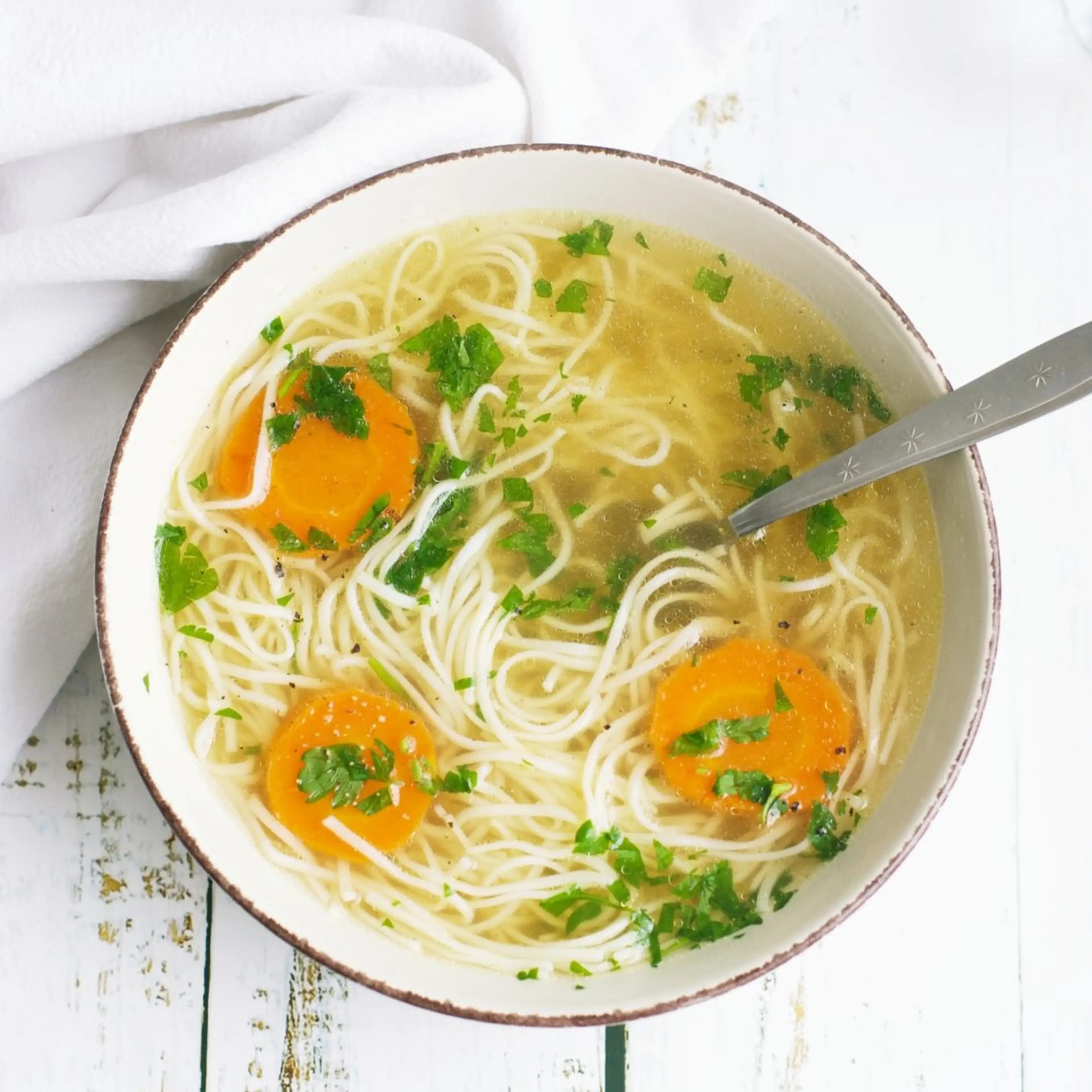
Secrets to a Richer Polish Chicken Noodle Soup Broth
Secrets to a Richer Polish Chicken Noodle Soup Broth
so you've got the basic simmer going. But how do you take your polish chicken noodle soup recipe from "pretty good" to "holy cow, this is amazing"? It's all about coaxing every last bit of flavor out of your ingredients. One trick is to lightly roast your chicken pieces and vegetables *before* you even put them in the pot. A little browning adds a whole new dimension of savory depth. Another is patience; seriously, the longer this simmers gently, the better it gets. We're talking minimum two hours, but four to six hours is where the real magic happens. And don't be afraid to throw in a chicken foot or two if you're feeling adventurous – sounds weird, I know, but they are packed with collagen, which translates to a silkier, richer mouthfeel in your broth.
Noodle KnowHow for Your Polish Chicken Noodle Soup
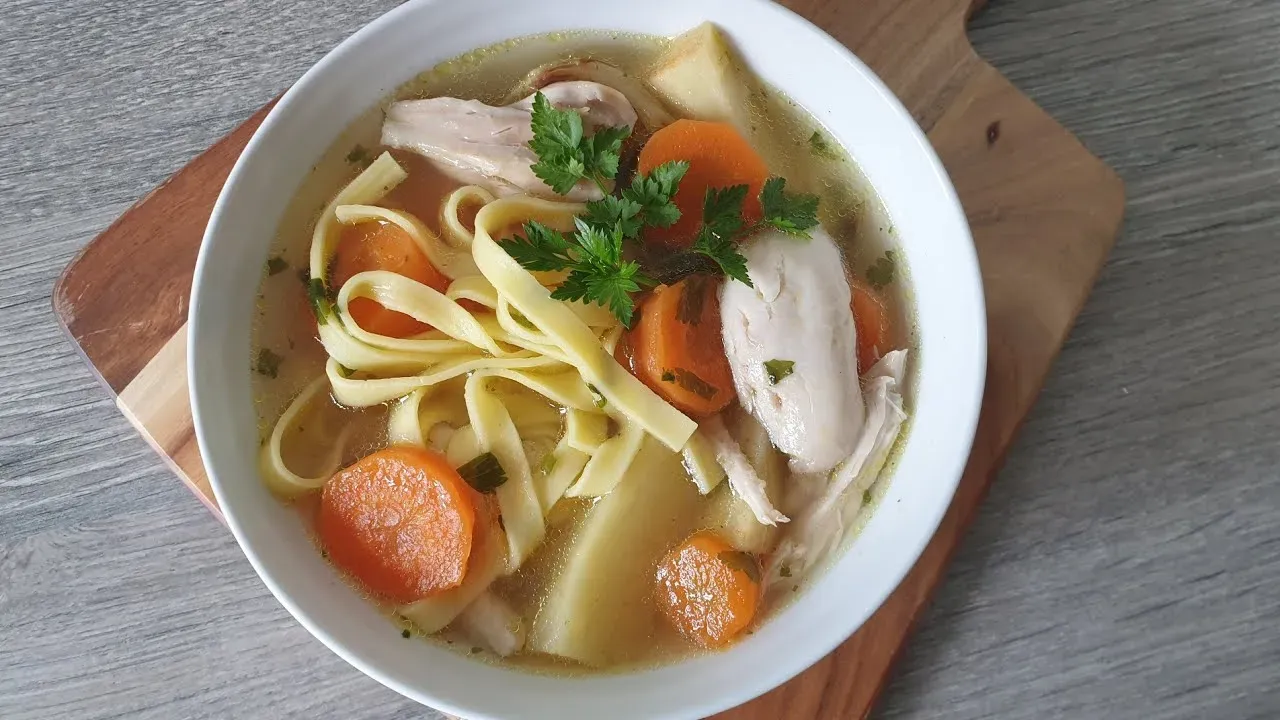
Noodle KnowHow for Your Polish Chicken Noodle Soup
Picking the Right Noodles for Rosół
so you've got this amazing, deeply flavorful broth simmering away for your polish chicken noodle soup recipe. Don't mess it up by using the wrong noodles! This isn't the time for those thick, squishy American-style egg noodles you find in a bag next to the macaroni. For authentic Polish rosół, you want thin, delicate egg noodles. Think fine strands, almost like vermicelli but made with egg. They cook quickly and don't turn into a gummy blob, which is crucial.
Look for noodles specifically labeled "kluski nitki" or just thin egg noodles in the international aisle. Sometimes you can find fresh ones at Polish delis, which are even better. Whatever you choose, the goal is a noodle that complements the light, clear broth, not one that overpowers it or makes the soup murky.
Cooking and Adding Your Noodles
Here's a pro tip that makes a huge difference: never, ever cook the noodles directly in the main pot of soup. I repeat, do NOT cook them in the broth you spent hours perfecting. Why? Because noodles shed starch, and that starch will turn your beautiful, clear broth cloudy. Plus, they'll absorb a ton of liquid and swell up, leaving you with less broth and mushy noodles if you have leftovers.
Instead, cook your noodles separately in a small pot of salted boiling water according to the package directions. They usually only take a few minutes. Drain them well. Then, add a small portion of the cooked noodles to individual serving bowls *before* you ladle in the hot soup. This keeps the noodles perfect and the broth pristine. If someone wants more noodles, they can just add more to their bowl.
- Always cook noodles separately.
- Use thin egg noodles (kluski nitki).
- Cook only until al dente.
- Drain noodles thoroughly.
- Add noodles to individual bowls, not the main pot.
Making Your Polish Chicken Noodle Soup Recipe Sing: Variations and Serving

Making Your Polish Chicken Noodle Soup Recipe Sing: Variations and Serving
Serving Your Masterpiece: The Final Flourish
you've put in the time, skimmed the foam, and coaxed incredible flavor into your broth. Now comes the best part: eating it. Ladle that golden liquid, along with some shredded chicken you pulled from the bones earlier, over those perfectly cooked, separately prepared thin noodles in each bowl. But don't stop there. A generous sprinkle of fresh, chopped dill and parsley is non-negotiable. It adds brightness and a fresh counterpoint to the rich broth. Some folks add a dollop of sour cream, though that's less traditional for rosół itself and more for other Polish soups. A grind of fresh black pepper is always welcome.
This isn't just food; it's an experience. The aroma alone is half the battle. Serve it piping hot, maybe with a slice of good crusty bread on the side for dunking. It's simple, yes, but the depth of flavor you've created is anything but.
Playing with the Formula: Subtle Variations
While the classic polish chicken noodle soup recipe is a purist's delight, there's room for subtle tweaks once you've mastered the base. Want a slightly different aromatic profile? Try adding a charred parsnip or even a small piece of celeriac alongside the other roots. Some families include a tomato or two (halved) for a touch of acidity and a slightly different color, though this veers slightly from the classic crystal-clear rosół. A tiny pinch of turmeric can give it a more vibrant yellow hue, but go easy – you don't want it tasting like curry powder.
The key is to make small changes that complement the core chicken and vegetable flavors, not overpower them. Think of these as grace notes, not headline acts. Adding different spices like caraway or marjoram would fundamentally change it into a different soup entirely, and probably not for the better if your goal is authentic rosół.
Beyond the Bowl: What Else Goes with Rosół?
So you've got this fantastic soup. What next? Leftovers, if you're lucky enough to have any, are gold. Store the broth and noodles separately, remember? Reheat the broth gently on the stove and add freshly cooked noodles to each serving. Don't microwave it if you can avoid it; slow and steady heat keeps the flavors intact. Sometimes, people serve rosół with small boiled potatoes or even tiny dumplings called "uszka" (little ears), especially around holidays, though noodles are the everyday standard.
Think of this broth as a versatile base too. Strain it completely, and you've got a stellar chicken stock ready for risotto, sauces, or cooking grains. It's liquid gold, a testament to patience and good ingredients. Don't waste a drop.
Your Bowl of Authentic Polish Comfort
So there you have it. You’ve navigated the world of building a proper broth, selecting the perfect chicken parts, and getting those noodles just right. Making this authentic polish chicken noodle soup recipe takes a little time, sure, but the payoff is huge. You don't just get soup; you get a bowl of history, tradition, and pure, unadulterated comfort. It’s the kind of dish that proves simple ingredients, handled with care, can create something truly extraordinary. Now go forth and simmer yourself some happiness.
